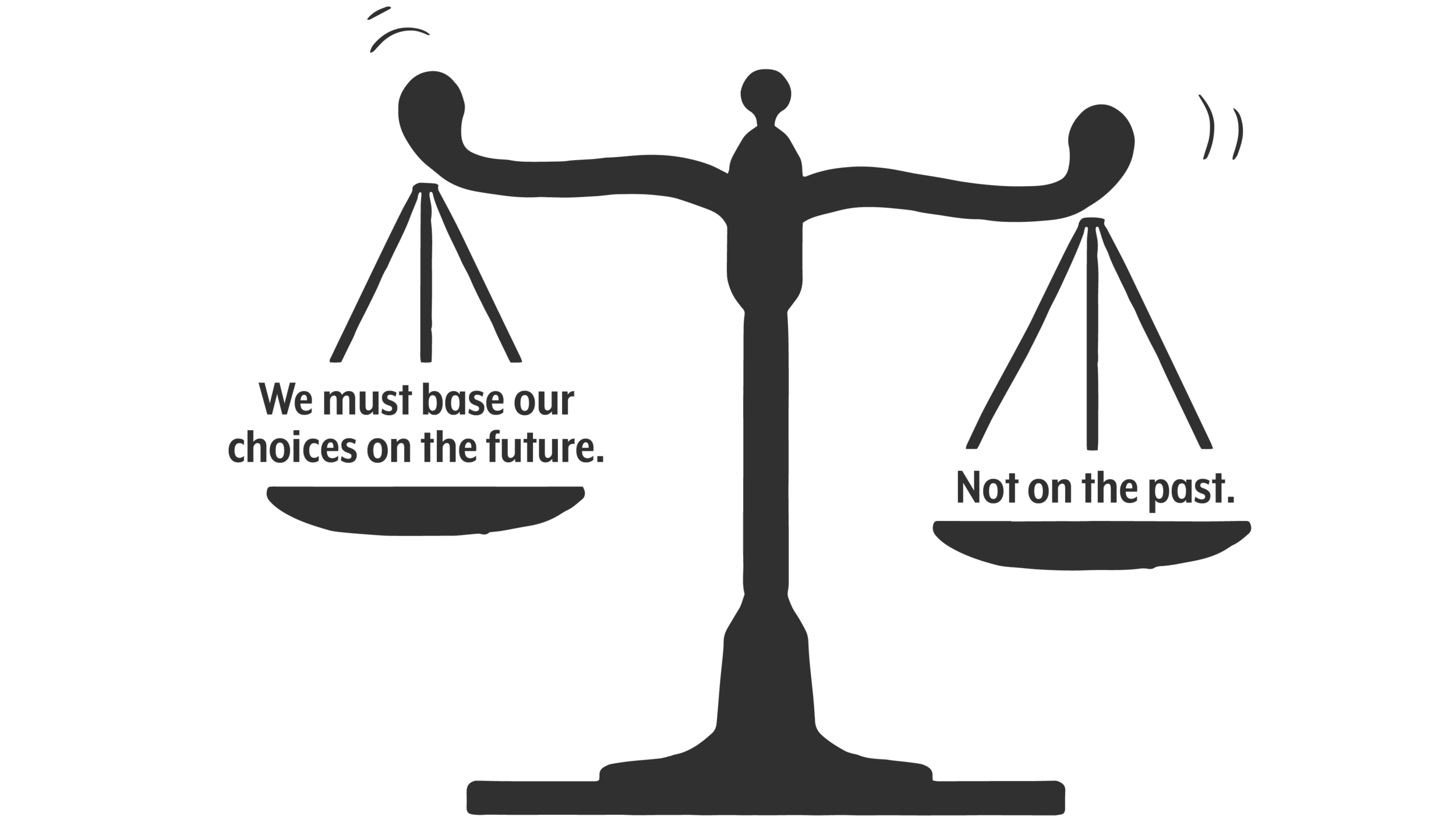Rhetorical Tool: Balanced One-liner
HOW? Balance your one-liner by using the rhetorical device “not this, but that”. Use two similar phrases to make the point – one reinforcing it, one negating it.
I listen to the morning news on Danish radio. One morning, I heard an interview with a man who was explaining why some youngsters didn’t deserve jail sentences for something they had done. My initial reaction was that they should pay for their stupidity. But this man rounded off his argument with the words, “Just because something is stupid, doesn’t neces- sarily make it criminal.”
I changed my mind. It just sounded so wise, concise and correct. It was a balanced one-liner. When something is presented in a linguistically balanced way (not this, but that), it sounds logical and well thought-out. It just sounds more true. And people remember it.
American presidents are famous for their balanced one-liners. JFK, for example, said, “Ask not what your country can do for you, but what you can do for your country.” You may not be a president, but you can still perform like one by deploying this effective rhetorical device.
But you need to prepare it in advance, and the sentence has to be perfect. Otherwise you run the risk of it sounding awkward and being counter-productive.


